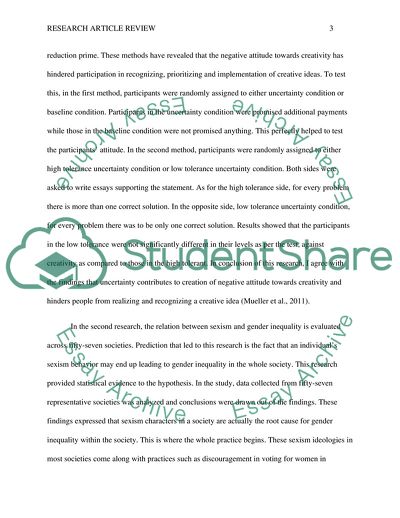Cite this document
(Analysis of Studies about Sexism and Gender Inequality Literature review Example | Topics and Well Written Essays - 2500 words, n.d.)
Analysis of Studies about Sexism and Gender Inequality Literature review Example | Topics and Well Written Essays - 2500 words. https://studentshare.org/psychology/1874994-research-article-review
Analysis of Studies about Sexism and Gender Inequality Literature review Example | Topics and Well Written Essays - 2500 words. https://studentshare.org/psychology/1874994-research-article-review
(Analysis of Studies about Sexism and Gender Inequality Literature Review Example | Topics and Well Written Essays - 2500 Words)
Analysis of Studies about Sexism and Gender Inequality Literature Review Example | Topics and Well Written Essays - 2500 Words. https://studentshare.org/psychology/1874994-research-article-review.
Analysis of Studies about Sexism and Gender Inequality Literature Review Example | Topics and Well Written Essays - 2500 Words. https://studentshare.org/psychology/1874994-research-article-review.
“Analysis of Studies about Sexism and Gender Inequality Literature Review Example | Topics and Well Written Essays - 2500 Words”. https://studentshare.org/psychology/1874994-research-article-review.


